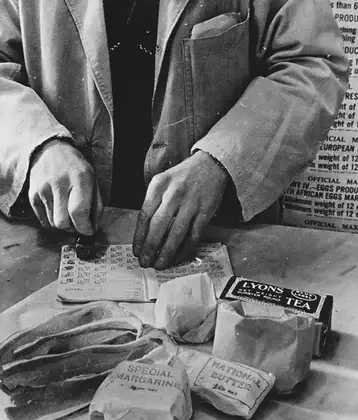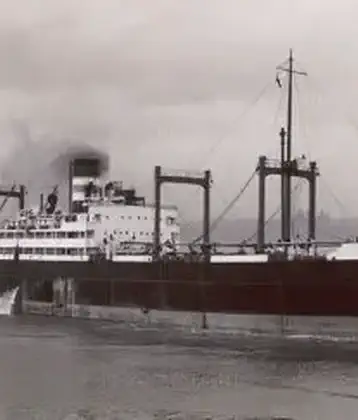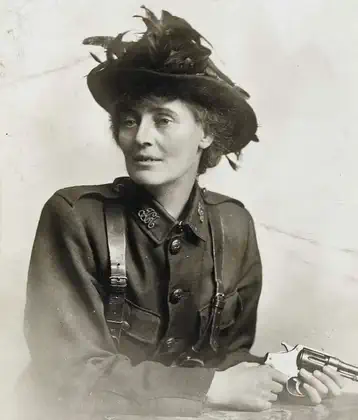On February 04, 1649 in Celtic History
Charles ii proclaimed king in edinburgh but not in england

Charles II was proclaimed King in Edinburgh, Scotland, on January 5, 1649, following the execution of his father, King Charles I, by the English Parliament. This proclamation in Scotland occurred despite Charles II not being recognized as king in England at the time. England was then under the control of the Parliament and the New Model Army, led by Oliver Cromwell, following the English Civil War. The country had declared itself a republic, known as the Commonwealth, and it would not recognize Charles II as king until the Restoration in 1660.
After his father’s execution, Charles II sought to regain the throne and was supported by the Covenanters in Scotland, who had their own religious and political aims for supporting Charles. He was crowned King of Scotland on January 1, 1651, at Scone, thereby solidifying his position in Scotland but still faced opposition in England and Ireland.
Charles II’s attempts to regain the English throne through military means, including an invasion of England that culminated in the Battle of Worcester on September 3, 1651, ended in defeat. Charles II was forced into exile for nearly a decade, spending time in France, the Netherlands, and other parts of Europe.
The political landscape in England changed following the death of Oliver Cromwell in 1658 and the subsequent instability of the Commonwealth. This led to the Restoration of the monarchy in 1660, when Charles II was invited to return to England and was proclaimed king on May 8, 1660, marking the end of the republican period and the restoration of the Stuart monarchy. Charles II’s reign in England is noted for his efforts to navigate the religious and political tensions of the time, the expansion of trade and territory overseas, and the cultural vibrancy of his court.



